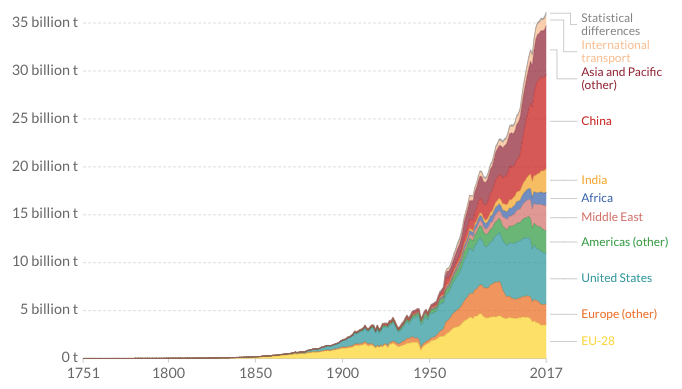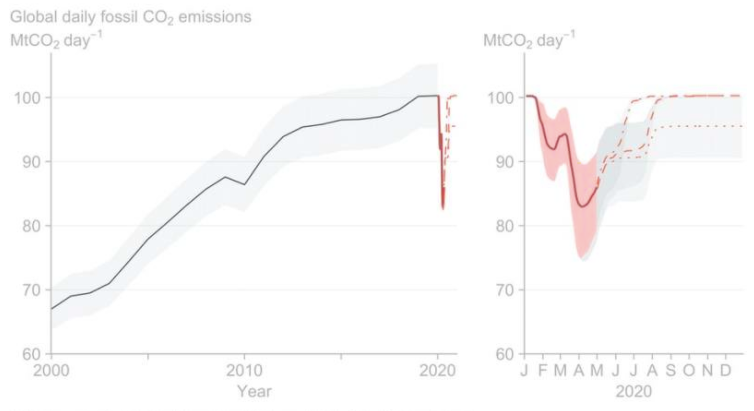A Call to Action: Is the Pandemic a Catalyst for Climate Awareness?
Written on
Chapter 1: The Impact of COVID-19 on Global Emissions
As the world grappled with the lockdown due to the SARS-CoV-2 pandemic, there was a noticeable decline in global emissions. According to a recent study published in Nature, global CO2 emissions dropped by 17% in April 2020 compared to the average levels from April 2019. If social distancing measures are relaxed by mid-June, a reduction of 4–7% may still be observed.
The Intergovernmental Panel on Climate Change (IPCC) has consistently highlighted the ongoing threat posed by climate change. If CO2 emissions continue to rise at the current pace, the planet is expected to experience a temperature increase of 1.5°C between 2030 and 2052. Such a rise could lead to elevated sea levels, loss of biodiversity, and severe health risks. More frequent natural disasters and outbreaks of infectious diseases could become the norm, suggesting that this pandemic might not be our last encounter with such crises. The future we face could be even grimmer than our current situation.
Yet, we have often turned a blind eye to the science, prioritizing our comfortable lifestyles over the health of our planet. However, the COVID-19 pandemic has provided a stark preview of our potential future: pandemics represent just one of many repercussions of a warming climate. This crisis serves as a clarion call that we cannot afford to ignore.
Let's draw a comparison between the COVID-19 curve and the climate change curve:

The image illustrates the annual CO2 emissions from various regions around the globe from 1751 to 2017. Similar to the flattening of the COVID-19 curve, the Global Carbon Project has observed an unexpected decrease in daily global CO2 emissions due to the pandemic:

This graph showcases the reduction in daily global CO2 emissions in 2020. Projections indicate that once social distancing measures are lifted, CO2 emissions are likely to rebound if we revert to previous behaviors. Continuing down this path will expose us to the same climate threats we have long been warned about.
However, we have the power to change this trajectory. Public health experts have already stated that a return to pre-pandemic living is not feasible. If we attempt to revert to our old ways, we risk accelerating the catastrophic outcomes that scientists have predicted for years, jeopardizing both our economy and our existence.
Why would we want to return to a state of egotism and greed? Such traits have resurfaced as people flout social distancing guidelines. Our lives have been dominated by economic excess, which sought a brighter future, yet this ambition has proven to be a facade amid the climate crisis. The COVID-19 pandemic should be recognized as both a warning and an opportunity.
This serves as a warning about the dire consequences of slipping back into old habits. It has afforded us a glimpse into how just two months of reduced emissions can lead to significant changes. By viewing the pandemic as a lesson rather than a misfortune, we can commence the creation of a world that values both humanity and nature.
Chapter 2: Learning from the Pandemic
In this video, "The Climate Community on the Coronavirus Pandemic," The New York Times explores the intersection of climate change and the COVID-19 pandemic, highlighting important lessons to be learned.
The second video, "COVID-19 and Climate Change," delves into how the pandemic has affected our approach to climate issues and what it means for future strategies.